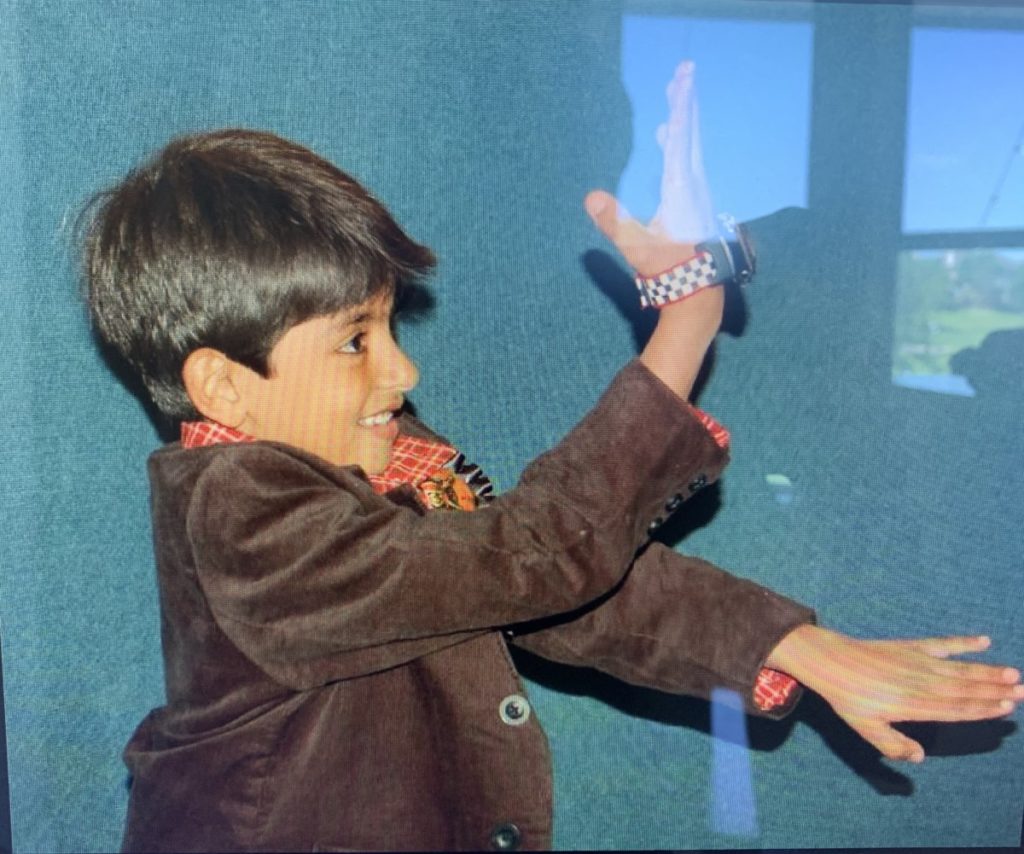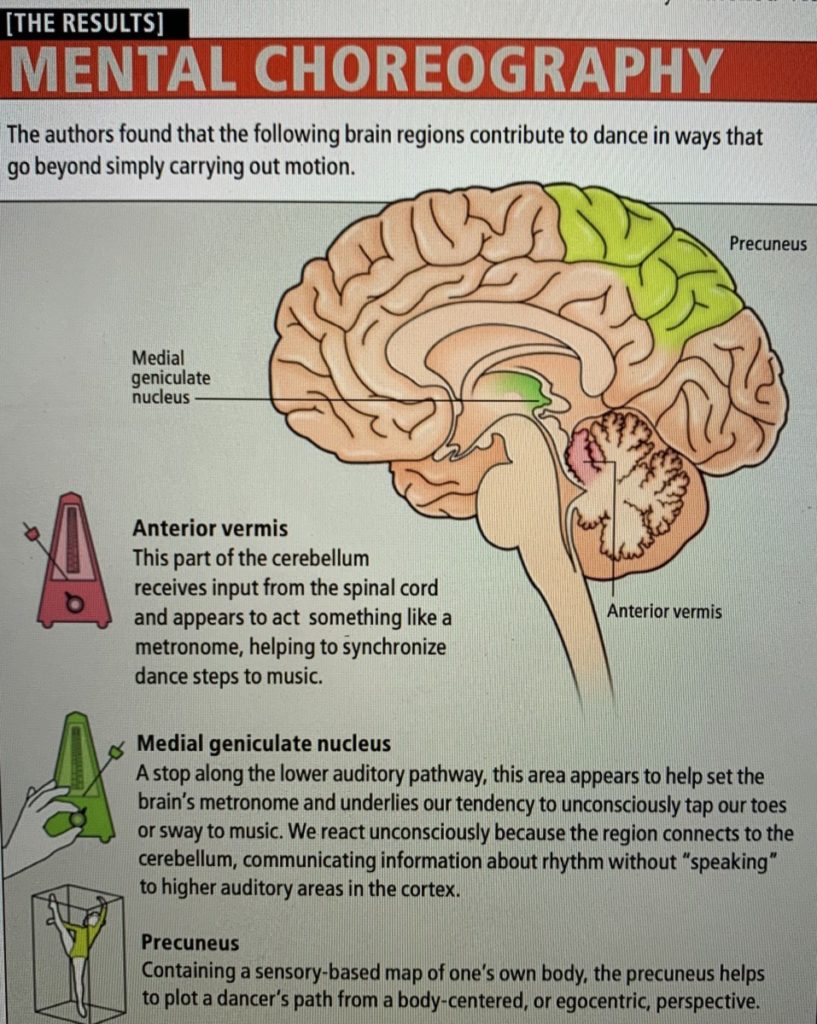When I was a young boy, I used to tap my way through any and every dance floor. I danced so much that even as a four year old, I became an automatic hit for dancing to multiple songs at a wedding in England. I have always been told that I am a good dancer; however, as I grew in age, I began to dance less and less. This seems to happen quite often. As children, we do not worry about what others think of us and do pretty much whatever we want regardless of who is watching. However, things change drastically as years progress and the concept of “maintaining a certain image” comes into play.
Here is a picture of me in the middle of one of my dances as a child.
I haven’t danced publicly in so many years, but I still keep my musicality alive through my singing. I joined choir in fourth grade, and I am proud to say that I have been singing ever since. I am even a part of Emory Suri A-Cappella and could not be happier. Although I do not dance very often anymore and sing instead, I found research on how dance impacts the brain to be absolutely fascinating! I am also extremely glad that I had the opportunity to present the findings to my biology seminar class.
The most interesting thing that I realized during my research was that dancers are better at detecting emotions through body language since they are required to communicate through their bodies while performing (Poikonen 2017). I never stopped to think about that before but it makes perfect sense. We even got to test that theory out in class by taking a body language quiz in class. My classmates that considered themselves to be dancers were in one group and everyone else was in another, and the dancer group had an average of a 79.3 on the quiz whereas the other group had an average of 77.8. Although not all the rules of statistics were followed during the observations, it was still cool to see how it was true in our very own classroom.
Taking a look at a Scientific American piece written by Steven Brown and Lawrence M. Parsons, the effects of dance on the brain can be seen vividly. It is amazing how our brain has certain regions that are specifically made for the art of dance. The image below illustrates how our brains have an inner rhythmic tempo that is kept when a person dances.
Figure 1: Image of the parts of the brain that help while dancing found in the Scientific American (Brown and Parsons 2008).
Additionally, dancing is known to have therapeutic effects, which Hanna Poikonen, a researcher at the University of Helsinki in Finland discusses in her research. She discusses how dancing has a similar effect on people as meditation does, which was extremely insightful considering I have been meditating since I was in high school and it always helps me calm down, especially before a big exam. I never thought activities like dancing and meditation could have even close to the same effect, yet here I stand corrected. She discusses how dancing is a very physical activity and how when two people dance together, they become one unit perfectly in sync with one another. She goes on to say that the “low-frequency brain waves of the participants become synchronized” (Poikonen 2017). Dancing can even help patients that suffer from draining diseases like Parkinson’s disease, dementia, and also help alleviate some of the symptoms that people with anxiety and depression go through (Poikonen 2017).
There are so many benefits to dancing. Not only is it great physical activity, but it even helps mentally! It is a win-win activity. I am so glad I had the opportunity to learn about all of the positive results that dancing can bring to one’s life. Moving forward, I am going to try to loosen up and dance more freely as if nobody’s watching as I did as a child. I wanna score myself some of these health benefits, and I think everyone else should want to as well.
Signing off,
Jai
Bibliography:
A Dancer’s Brain Develops in a Unique Way. [Internet]. 2017. Helsinki, Finland: University of Helsinki; [cited 2017 Aug 30]. Available from https://www.helsinki.fi/en/news/health/a-dancers-brain-develops-in-a-unique-way
Brown S, Parsons LM. 2008. The Neuroscience of Dance. Scientific American. 299(1): 78-83.


I’ve never actually thought about the fact that dancers likely pick up on physical body tells more than most other people! It does make sense though. It’s amazing to think that parts of our brain are specifically targeted by dancing; maybe it has something to do with dance being so interwoven with cultures across the world as we evolved?
It’s crazy that when you dance with a partner and the teacher says to synchronize with each other that it could actually mean literally. also I had one teacher make us actually meditate in class to “work on our breathing”. and I always thought it wasn’t helpful since I didn’t understand how it was going to help us with the rutines. But this is great insight and it definitely helped meunderstand dancing a little better.
I really enjoyed this! I especially enjoyed the personal twist on the topic of dance and its impact on the brain. The beginning with our change in perception about dance as we age was a point I, and many others, could relate to! It may be worth considering going more in-depth about the research studies you mention, methodology, specific results. But overall, I was very interested in this topic and the way in which you approached it!